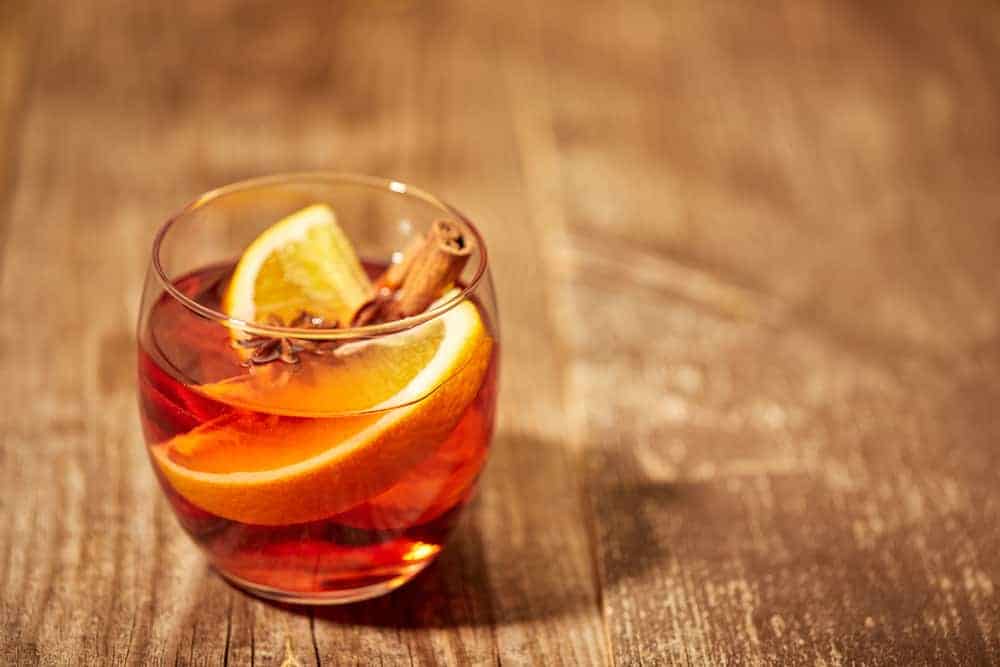Blog
Red Wine, White Wine, and … Orange Wine?
For the traditional wine connoisseur, there is typically only a choice between red and white wine. However, there is a new kid on the block. Orange wine is blasting onto the scene and making the pallets tingle for a taste of something new.
The wine world is complex and adding a new variety makes things even more interesting. However, if you think that orange wine is made from the fruit, you are way off. Neither is it a Mimosa cocktail with a twist. Rather, orange wine has more to do with the winemaking process than the fruit.
So how is it made?
Orange wine is described as a non-interventionist style of wine-making. The process starts relatively the same as other white wine varieties where white grapes are mashed up and put into large vessels. However, where modern white wine is put into stainless steel containers, orange wine is put into large cement or ceramic vessels.
The fermenting grapes are typically stored for around four days, but in some cases, it can be stored for up to a year with the skin and the seeds still mixed with the rest of the grapes.
Orange winemaking is a very natural process which uses little to no preservatives. In some cases, not even yeast is added in the mix. This is part of the reason why orange wine is making such waves. When you experience orange wine for the first time, you are sure to be pleasantly surprised.
What does it taste like?
The natural, unobtrusive process of orange wine-making lets nature take its course and the resulting taste is something completely different from other regular white wines. Due to the oxidation and natural fermentation of the grapes, orange wines have a sour taste with hints of nuttiness.
Orange wines have been described as being robust and bold with fuller and more rounded pallets. Some varieties have hints of honeyed aromas of jackfruit, hazelnut, brazil nut, bruised apple, wood varnish, linseed oil, juniper, sourdough and dried orange rind.
The pallet is also described as being big, dry and has a tannin like red wine. The sourness is one of the distinct features of orange wine and can be compared to a fruit beer. Where white wine usually doesn’t age well. Orange wine can be kept for many years and truly gets better with time.
How does it pair with food?
Orange wine is very bold too and there is nothing subtle about it. Therefore, it pairs well with equally bold and spicy foods like curries and Moroccan dishes. Ethiopian dishes, like Injera (the sponge-like pancakes), Korean kimchi dishes and traditional Japanese dishes are also excellent companions for orange wines.
The grape skins and seeds are responsible for the tannins and bitterness or the phenolic content as well as the nutty tartness of the wine. These qualities make it an excellent pairing for a variety of meats that range from beef to fish. Ultimately, it is all in the spice of the meal.
Where does it come from?
Contrary to what many people believe, orange wine has been around for ages. However, it was only during the last 20 years or so that the process had resurfaced. This time around however, it was rejuvenated with the illusion that it is new and exciting.
New marketing strategies had turned it into something fresh and coveted by many, not to mention the taste that is something completely different than anything else on the market.
Many modern-day winemakers have adopted the techniques that were popular going back as far as 5000 years. Modern-day Georgia (the country), or the ancient Caucasus was the area where orange winemaking was very prevalent. The wines were fermented in large subterranean vessels called Qvevri.
These vessels were covered with stones and sealed with beeswax, then buried underground to allow for fermentation to occur with the earth’s natural temperature. What makes this method so unique is that the earth’s temperature stays relatively stable throughout the year.
Modern-day popularity
Although orange wine has been made for many years, it was only when the Italian winemaker, Josko Gravner, first attempted the winemaking process in 1997, that it became popular again. Orange wine was first produced with local Italian grapes like Sauvignon Vert and Ribolla Gialla and more and more winemakers have taken to its versatility since then.
Many winemakers have adopted and created their own brand of orange wine over the last 20 odd years and people will pay good money to experience something new.
For many winemakers, the process is what they would consider the original winemaking process seeing that the skin contact is so lengthy. It is ultimately the skin contact that gives orange wine its distinct color.
Both red and white wines’ juice is white by nature, but the color comes into play when the juice is in contact with the skin of the grape. Another feature of orange wine is the fact that it has way less alcohol than traditionally produced wines. Some orange wines have as little as 10% alcohol which makes it a perfect companion for dinner parties.
In general, orange wines are very balanced and low in alcohol, which is odd for a low-alcohol wine. In general, traditional “light” wines are very insipid and the consumer will find that orange wines are not like the stereotype at all.
In fact, orange wines are rich in flavor and need to be recognized for what it is. In most cases, orange wine does not age well. Therefore, when the sun is high and the temperature is above average, chill an orange wine in an ice bucket and enjoy with the sunset.
The modern version of orange wine was made for socializing and only needs to be chilled to have the desired effect and taste on all wine-loving people.





